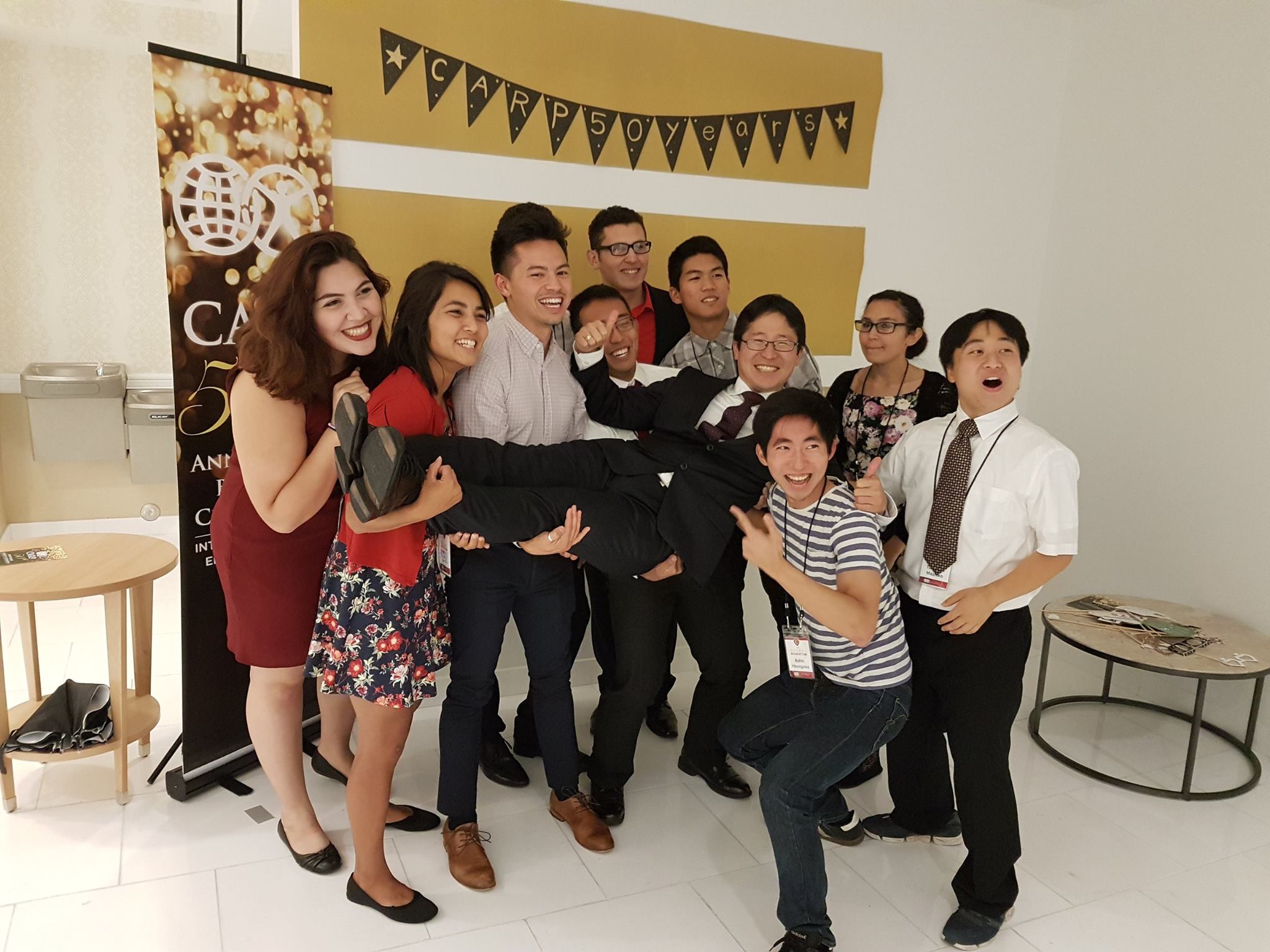The #1 thing that prevents people from setting goals is fear of failure. Well the good news is that there is a fail proof way to set and pursue goals.
But first, let’s talk about the value of goal-setting. There are three types of benefits to goal setting: external, internal, and spiritual.
Externally, goal setting has been attributed to higher ongoing earning potential according to one study by Virginia Tech. Students in the study who wrote down their goals earned 9 times over their lifetime compared to students who didn’t.
Internally, goal setting helps provide a sense of purpose and direction. This allows you to stay focused and steadily grow instead of wasting time or worse, feeling purposeless.
Spiritually, goal setting allows you to see God or the universe working more clearly in your life. Because of the intention behind goal setting, you will be able to notice when you are being lent a helping hand.
Most people have heard of SMART goals, but with ten plus years of goal setting experience, CARP president Naokimi Ushiroda realized that there is much more required to setting goals effectively.
So he developed a comprehensive process called WISER goal setting with five key factors which, when utilized, could significantly increase your probability of success.
What
The first key factor in goal setting is clarifying what you want. Most of us have some idea, but the more clear and specific you are, the more focused you will be and the quicker your results will come.
Start with listing things that you want to have in 2017, then list things you would like to do, and finally list things you want to be. Also explore different areas of your life such as health, career, and relationships and set goals categorically.
Once you have a list, choose the top 3 that are most important to you this year. By focusing on your top priorities, you will have a much better chance at achieving them.
Inspiration
Once you are clear on what you want this year, the next step is to keep yourself inspired. One way to do this is to create a vision board. Find images of the outcome that you want this year, and post images of it where you can see it daily. By seeing the images of what you’re striving for, it will help to keep you inspired in achieving your goals.
Strategy
Now that you have a clear visual of what you want to achieve, the next step is to think of different strategies that will help you achieve your goals. Try to list 3 to 4 different strategies that will contribute to your goal.
For example, if your goal is to get straight A’s, think about what would help you do that. Maybe you could find a study buddy that is doing well in the class and commit to studying together on a regular basis. You could also commit to meeting with your professor on a weekly basis to go over main topics. A third strategy could be to take practice exams using tests from previous years.
You can apply this step of identifying 3 to 4 strategies for each of your goals so that you have multiple ways in which you are contributing to the achievement of your goals. It may seem like a lot of effort, but anything worthwhile takes effort.
“A goal casually set and lightly taken will be freely abandoned at the first obstacle.” – Zig Ziglar, an American author, salesman, and motivational speaker
Execute
With a plan in place, the next step is to take action. The best cure for fear is action.Commit to doing something toward your goals every day. And keep a simple log to journal and track all the actions you took related to your goal. If your goal is related to fitness, you could track the number of minutes you exercised on a daily basis, or how much water you drank every day.
One tip to creating new habits is to connect it with a daily habit that you already have. For example, if you commute to school every weekday, you could study while you commute. Similarly, if you get up at a certain time every day, you could commit your first 30 minutes after you wake up to yoga or exercise.
Review
“The road to success is always under construction.” – Chinese proverb
Finally, after taking action, it is essential to review on a regular basis. Without a time to review and reflect, you can easily get off track. By reviewing your progress on a weekly basis, you can reflect on what worked and what didn’t, adjust as necessary, and commit to new and better actions for the upcoming week.
Set a clear time each week to consistently review your progress. The log or journal from the previous step will be helpful in analyzing each action you took and its efficacy toward achieving your goals.
An additional tip is to find an accountability partner or mentor. CARP’s coaching and mentoring programs help in this capacity. You share your goals and progress with your partner or mentor so that they can help you keep on track and keep an objective eye on your progress.
Fail Proof Goal Setting
There you have it – a comprehensive process for setting your goals for 2017 or anytime of the the year. Set WISER goals by clarifying What you really want, keeping yourself Inspired with a vision board, coming up with multiple Strategies, Executing daily actions, and Reviewing your progress on a weekly basis.
As mentioned at the start of this article, there is a fail proof way to goal setting. The trick is this: once you set a goal, approach it from a mastery perspective rather than from a performance perspective.
Mastery is about learning through the process of setting and pursuing your goals regardless of the outcome. By focusing on how you’re growing and learning about yourself in this process, there is no way of failing.
For example, let’s say you committed to studying 3 hours every day, but you ended up only doing it 3 times in the past week. Instead of seeing this as a failure, you can reflect and assess what helped you study on the days you did and why you missed your study time on the days you didn’t.
By approaching your failures from a curious standpoint, you can really get to know yourself and figure out what works best for you. As long as you’re learning through the process, there is no such thing as failure. With this perspective, you can be free from the fear of failure and really get excited about setting your goals.
Good luck! Naokimi and the CARP staff wish you all the best in pursuing and achieving everything you want to in 2017!
If you would like to learn more about the WISER process and are interested in a more detailed, personalized workbook on the subject, please email naokimi@wisercoaching.com

